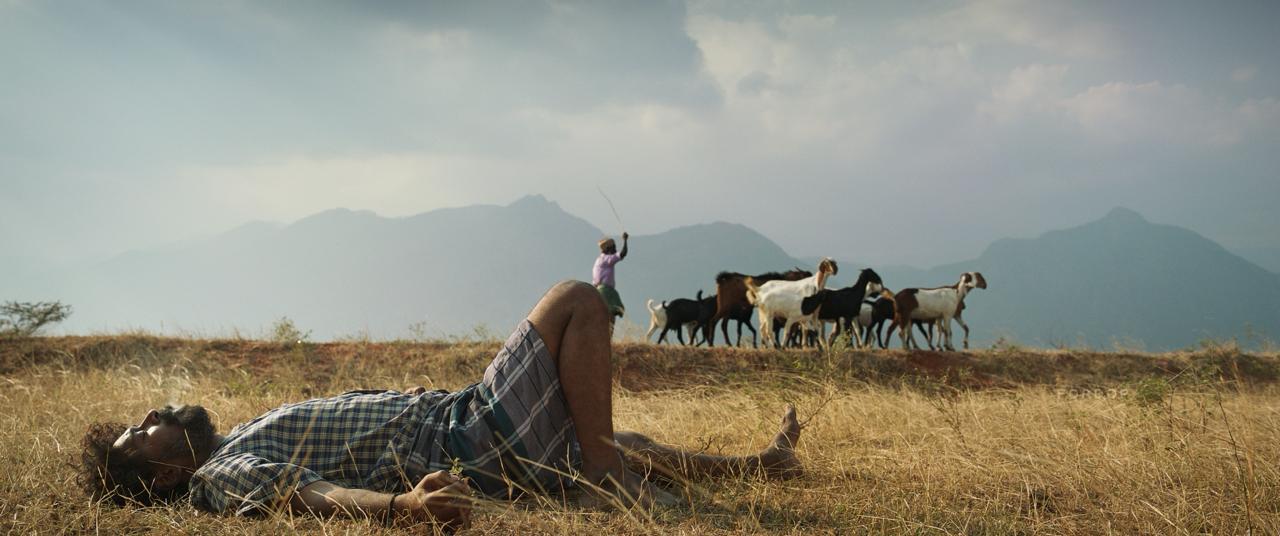
Rail : Theni Eswar cinematography!
Jun 20 2024
Acclaimed cinematographer Theni Eshwar, known for his visually stunning work on films like Alagar Sami Kuthirai, Peranbu, and Nanpagal Nerathu Mayakam, returns with a powerful new visual narrative in Rail ,this week’s release, directed by the acclaimed writer Bhaskar Sakthi and produced by Vediappan of Discovery Cinemas, has already garnered praise from critics and industry insiders at preview screenings. In this interview, Eshwar takes us on a journey through his creative process, delving into the visual choices that bring Rail’s story to life.
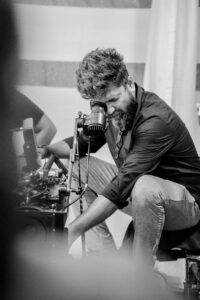
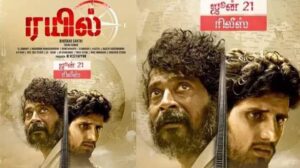
Theni Eswar shares his cinematography techniques for the Tamil feature RAIL with SICA
Q: Rail seems to be a film with a strong social message. Did you enjoy working on a story that tackles current issues?
Theni Eswar : Absolutely. In today’s world, it’s important for art to reflect the times we live in. Rail’s story deals with relevant social issues, and the script offered a powerful opportunity to translate those themes into visuals. It was incredibly rewarding to be a part of a project that not only entertains but also sparks important conversations.

Q: The film utilizes the ARRI MINI LF camera. What made you choose this particular camera?
Theni Eswar: Choosing the right camera is crucial for setting the visual tone of a film. The ARRI MINI LF offered several advantages that perfectly suited Rail’s needs. Firstly, the large format sensor allowed for a shallower depth of field. This was essential for isolating characters from the background. In Rail, the village environment is a character itself, but we also needed the characters to stand out and convey their emotions clearly. The shallow depth of field helped achieve that. Secondly, the MINI LF’s compact size was a game-changer. Rail features several scenes shot in tight spaces or using handheld camerawork for a more dynamic feel. The camera’s size allowed for greater flexibility and freedom of movement in these situations.
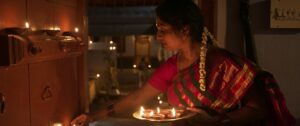
Q: You mentioned using signature prime lenses. Can you elaborate on your lens choices for Rail?
Theni Eswar: When selecting lenses, I consider how they will shape the audience’s experience. For Rail, I opted for a set of prime lenses. Unlike zoom lenses, primes offer a fixed focal length. This creates a more classic and intimate look, which resonated perfectly with the film’s setting and narrative style. The village environment in Rail is close-knit and personal, and the prime lenses helped translate that intimacy onto the screen.
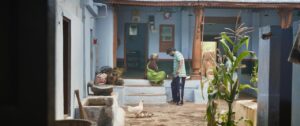
Q: Skin tone seems to play a significant role in the film’s narrative. How did you approach this aspect?
Theni Eswar: Skin tone was a critical element in Rail’s story. To achieve a natural and realistic look, we opted to use photoflood lights throughout the film. These lights mimic practical light sources, creating a more grounded and believable atmosphere. Additionally, we primarily used halogen LEDs as our source lights. However, achieving the perfect skin tone with non-professional LEDs can be tricky due to their Color Rendering Index (CRI) value. To address this, we employed a creative solution: diffusing the LEDs through white acrylic sheets. This simple technique allowed us to achieve pure white light without affecting the film’s overall color tone and ensuring accurate skin tone representation.
Q: The film’s character blocking seems deliberate, with characters often positioned at opposite ends of the frame. What was the intention behind this?
Theni Eswar : The way characters are positioned within the frame is a powerful storytelling tool. In Rail, the use of blocking was a deliberate choice to reflect the film’s central theme – the tension and potential for conflict between the North and South regions. By placing characters at opposite ends of the frame, we visually represent this division. However, Rail doesn’t simply depict conflict; it also explores the possibility of bridge-building and harmony. Throughout the film, there are also instances where characters share the frame, positioned closer together. This signifies moments of connection and understanding.
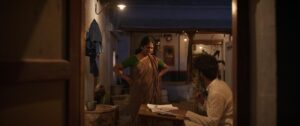
Q: Did you have a specific approach to shot planning for Rail?
Theni Eswar: For Rail, meticulous shot planning during the pre-production stage was essential. We thoroughly analyzed the script, identifying key scenes and emotional beats. This allowed us to determine the most effective shot types, camera movements, and lighting setups for each scene. Furthermore, we paid close attention to utilizing magic hour, that brief period after sunrise or before sunset when the natural light creates a soft, golden glow. By incorporating magic hour whenever possible, we were able to enhance the film’s visual storytelling and create a unique atmosphere for specific scenes.
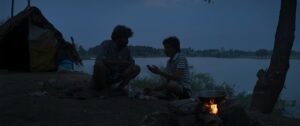
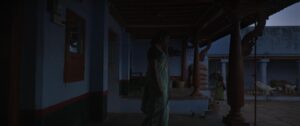
Q: There’s a captivating twilight scene in the village house. Can you tell us how you achieved that deep blue to near-black effect?
A: Creating that specific twilight effect involved a bit of creativity. The scene was shot in a village house with a central courtyard. To achieve the deep blue tones, we used muslin cloths to diffuse the harsh sunlight streaming through the courtyard. Additionally, we set the camera’s white balance to 3200 Kelvin, which creates a cooler blue color temperature. Finally, we underexposed the shot by 1.5 stops. Underexposure essentially means capturing less light than what’s considered “normal” exposure. This technique, combined with the other elements, resulted in the desired late-evening effect with deep blue hues transitioning to near black in the shadows.
Q:Rail features new actors. How was the experience working with them visually?
Theni Eswar: While working with newcomers provided fresh faces on screen, it also presented challenges. We conducted intensive workshops beforehand to get them comfortable with camera positions and hitting light marks consistently.
Q: With Rail hitting theaters this weekend, what are your expectations for the film?
Theni Eswar: I’m confident Rail will resonate with audiences. The story emphasizes empathy and humanity, with a touch of suspense that keeps viewers engaged. I believe audiences will connect with the film’s message and its characters.
Article by
CJ Rajkumar
Author/ Cinematographer
